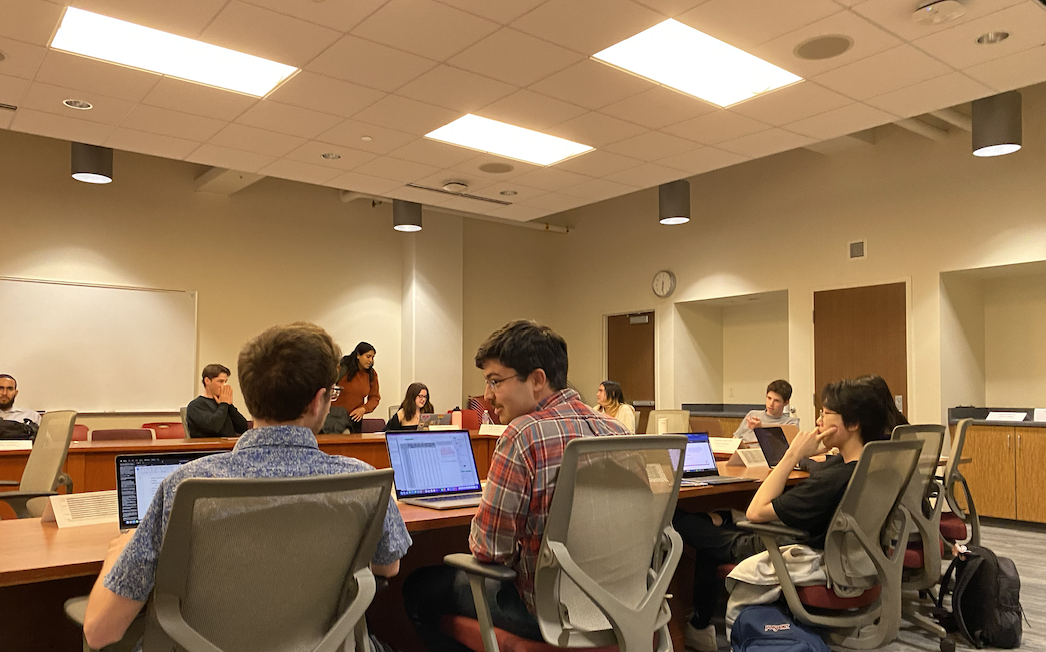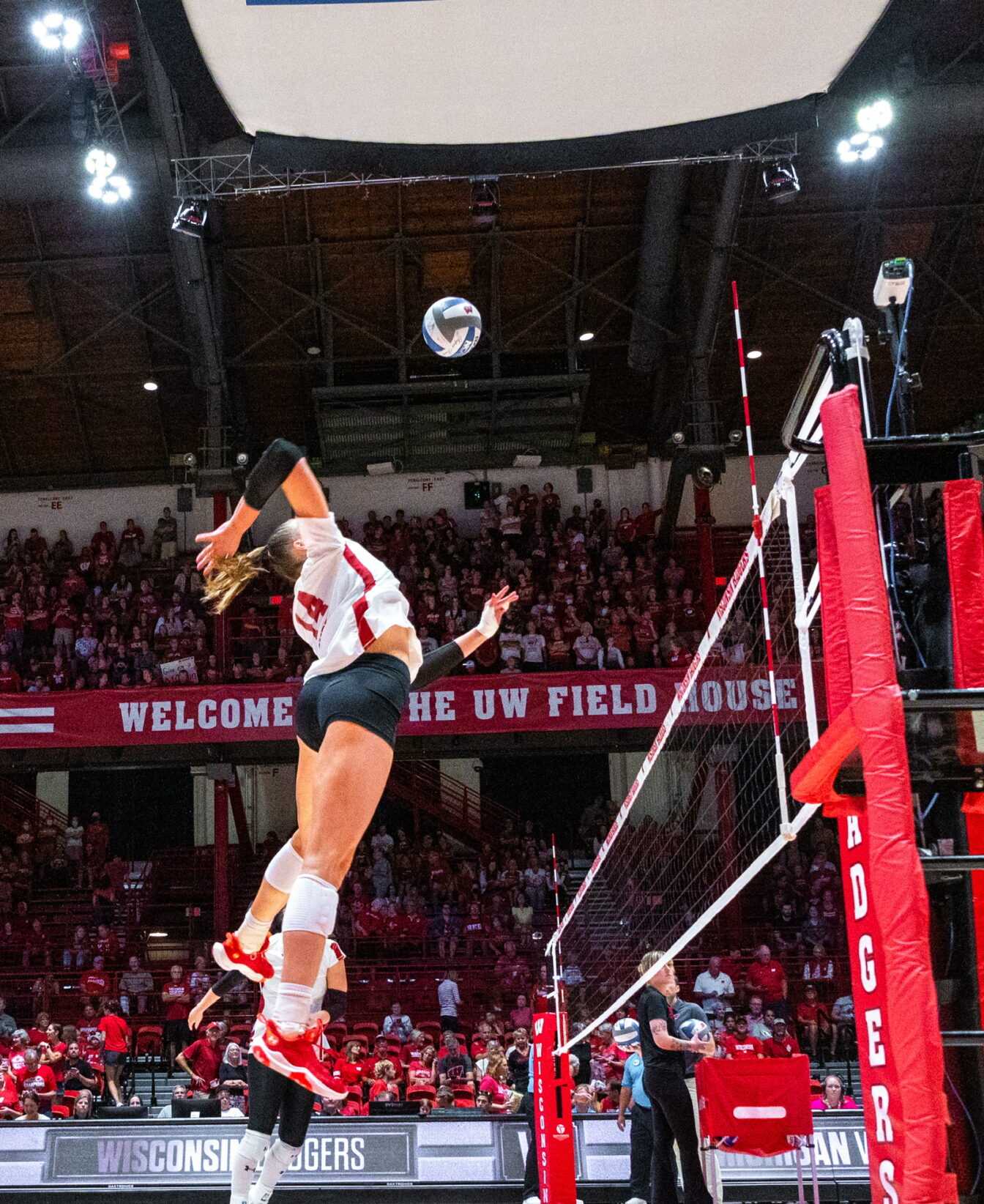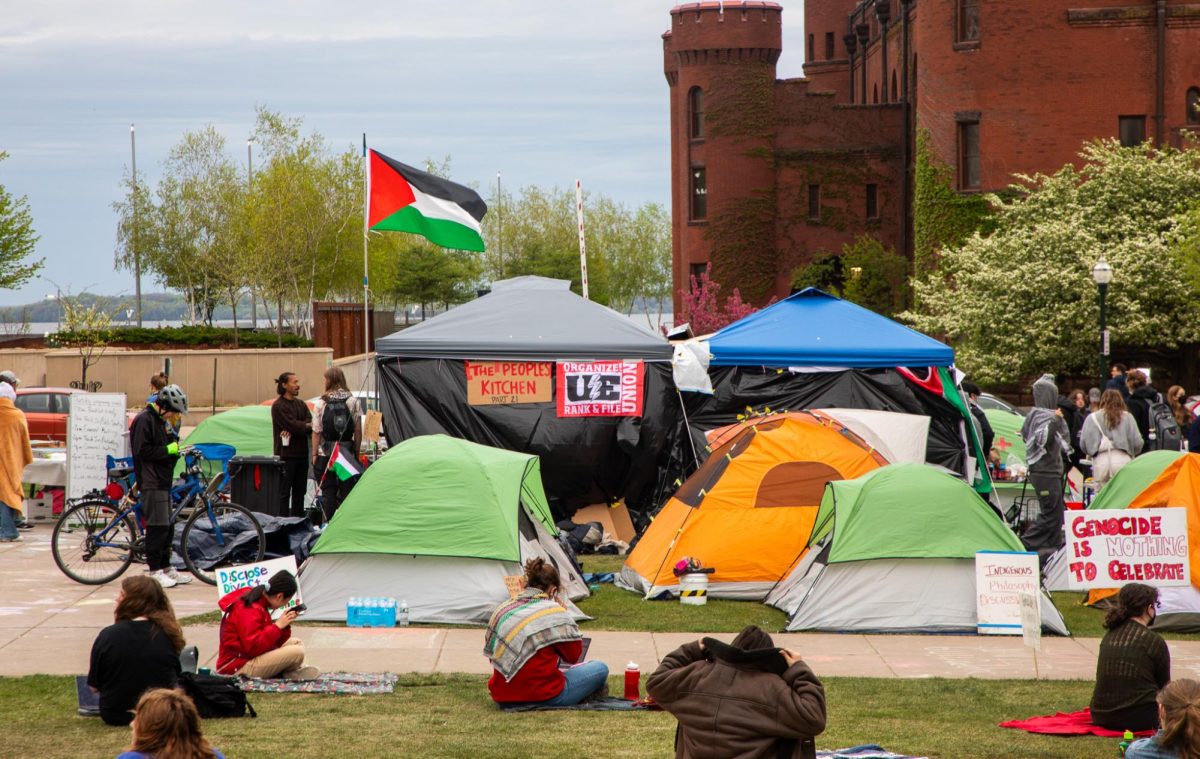For better or worse, Halloween in Madison is a time of great belligerence. For some odd reason, the spirit of this holiday has a way of overwhelming the costumed revelers lining State Street. Generally, the spirit brings with gregarious and even amorous feelings; however, occasionally Halloween can push even the most timid of partiers into an argumentative state.
In between photo opportunities with Madison Police Department officers and having a celebratory meal at one of State Street’s late night dining establishments, lively debates are bound to occur. Roommates, friends and complete strangers will suddenly become very sure of their convictions, and shouting will likely ensue. In addition to the virtues of Miller Lite and the prospects of the Badger hockey team, one of the topics staggering intellectuals may also quarrel over is the meaning of Halloween.
Food and drink are useful lenses through which argumentative partygoers may interpret the holiday’s significance. Food has long held an important place in Halloween observances, and what people choose to eat and drink on Halloween is a reflection of their values.
Halloween has its roots in an ancient Celtic harvest festival called Samhain (pronounced “SOW-en”). On the night before the holiday, it was said the souls of the dead would wander the earth. The ancient Celts, with their passion for the care and feeding of the risen dead, would make offerings of food and drink for the strolling ghosts. Well-nourished from the ale and “soul-cakes” that the living would leave out, spirits would return to their resting places on the morning of Nov. 1.
The Catholic Church later co-opted the holiday, taking its traditions but supposedly giving them new meaning. The Church instructed people that the Oct. 31 was no longer Samhain but All Hallows Eve (later shortened to Hallow Even, Hallowe’en, and eventually Halloween), the night before the Catholic All Saints Day. The tradition of leaving food out at night remained, but now it was under the auspices of appeasing demons rather than feeding the dead.
The development of the modern tradition of trick-or-treating, with its crowds of costumed children simultaneously begging for confection and threatening trickery, is less well-documented than Halloween’s early history. Historians know people masqueraded as the spirits and demons that were purportedly wandering the earth during Samhain and All Hallows Eve, and that these people would often beg for food. However, the threat of trickery, the limitation of the event to children and the reliance on candy rather than pastries and beer as offerings are peculiar to modern observance of the holiday.
Regardless of how modern Halloween food traditions came to be, they still reflect important values in our society. There is a general consensus that a core American ideal is hard work that results in material gain; we are a culture that prefers to err on the side of toil and excess rather than leisure and asceticism. The massive piles of Halloween candy children earn through their persistence in going door to door reflect this aspect of our national ethos. When children all over the country stuff their faces with empty calories, they are not being merely gluttonous. As they slip into hyperglycemic comas and reflect on the night’s hard work, they will be learning one of the values that define this country.
Even the culinary traditions of Halloween in Madison represent a specific set of values. Most revelers here have the tendency to eschew both the soul-cakes of Samhain and the confection of their childhood Halloweens in favor of such decidedly non-ghoulish goodies as Beer 30 and Fleischmann’s Vodka. It is possible to attribute Madison’s Halloween revelry to the worldview that many of its residents share. To most young people in Madison, socializing is one of the most important aspects in life, and for some, socializing engenders strong drink. Thus, it is perfectly logical that the Madisonians who started the tradition of Halloween partying in the 1970s took their childhood traditions of confectionary abundance and adapted them to their contemporary setting and values.
The foods of the new Madison tradition of Freakfest represent an entirely different set of values. Folks who pay the $5 (or $7, for procrastinators) to get into the event can purchase food at one of seven carts on the 800 block of State Street. Purchasing food at one of these carts is an endorsement of the ideals that drove Madison Mayor Dave Cieslewicz and others to create Freakfest. The carts and the food they carry represent concern for public safety that drove elected representatives to transform Halloween from an informal celebration to an official city event.
As the spirit of Halloween overtakes the residents of Madison this weekend, debates over the meaning of the holiday are sure to rage. Wherever you find yourself in the weekend’s loud discussions, food and drink can give a good deal of insight into the meaning of the holiday. Whether peanut butter cups or liquid in a plastic cup fuel your debate, the foods you consume or hand out to children on Halloween are a reflection of your values and those of society.
Be safe, and happy debating.














